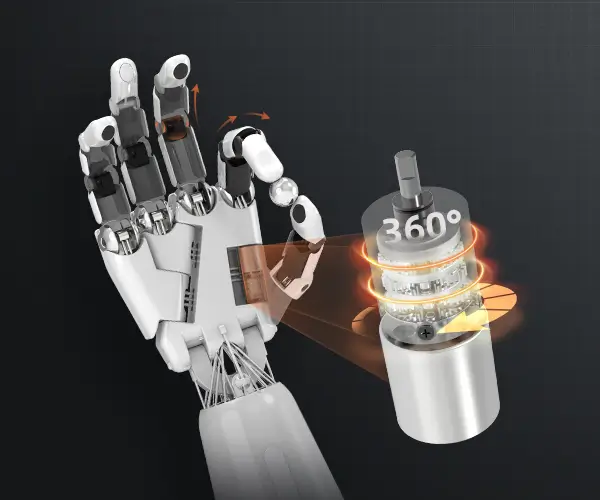Imagine you're building a drone or an electric vehicle—what's the secret sauce behind smooth, efficient operation? It all comes down to the heart of the motion: the brushless motor circuit. This isn’t just some tech jargon floating around; it’s the backbone of modern high-performance devices. Understanding how this circuit works can be a game-changer, especially when you're aiming for precision and reliability.

At first glance, a brushless motor circuit looks like a tangled mess of wires and tiny components. But strip away the complexity, and you find a clever dance of magnets and electronics. The main idea? It replaces traditional brushes with electronic commutation, giving it less wear and tear, longer life, and a lot more power efficiency. Thin you see a typical circuit diagram, with components like the ESC (Electronic Speed Controller), power supply, and sensors all intertwined—each playing a role like in a well-choreographed ballet.
What’s fascinating is how the ESC acts like the motor's brain. It constantly switches the current flow through the stator windings, creating a magnetic field that propels the rotor. This switching isn’t random; it’s synchronized with the rotor’s position, which sensors or sensorless algorithms detect. It’s almost like a procrastinator knowing exactly when to push the pedal at just the right moment.
Ever wondered how these circuits ensure stability? Heavy-duty capacitors smooth out the power supply, preventing dips that cause jitters. The diode bridges handle back EMF—kind of like electrical safety nets—so the system keeps humming even when things get chaotic. All these elements, carefully integrated on a PCB, make the motor run smoother, faster, and longer.
Now, imagine your setup—say, a racing drone zipping through the sky. The performance depends heavily on the circuit’s design. Attention to wiring layouts, quality of components, and thermal management make all the difference between a sluggish ride and a perfectly responsive beast. That’s why choosing the right components, like top-tier MOSFETs and precision sensors, can turn your project from okay to outstanding.
People often ask, “Is building or repairing such a circuit complicated?” Honestly, it’s a puzzle—challenging but rewarding when you get it right. But it’s also a testament to how smart engineering can take something as simple as motor control and make it revolutionary. It’s not just about turning on and off; it’s about efficiency, control, and peak performance.
When you look for a brushless motor circuit diagram, you’re seeking a foundation that guarantees your device runs smoothly. It’s about more than just the technical layout—it's about trust in design, quality components, and the ability to push boundaries. Every detail counts, from trace routing to component selection. The right circuit can elevate your project and give confidence that you’re on the cutting edge of motor control technology.
Ever wondered how little tweaks in the circuit design can boost torque or prolong your device’s lifespan? Sometimes, it’s just designing smarter, not harder. That little circuit diagram isn’t just a plan; it’s the blueprint for unleashing potential.
Established in 2005, Kpower has been dedicated to a professional compact motion unit manufacturer, headquartered in Dongguan, Guangdong Province, China.




































